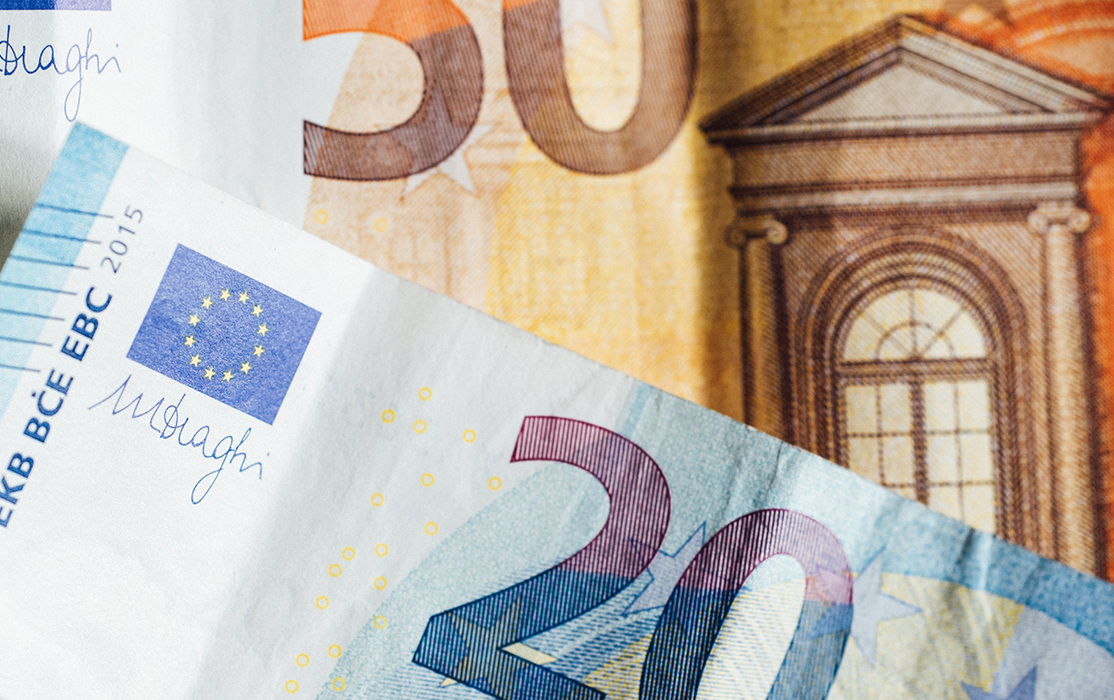
Money belongs on-chain
After nine years and $773M of funding, only 25% of cross-border payments made through Transferwise settle within 20 seconds or less. Some don’t settle until the following day - or days later. That is not surprising. In spite of being a leading payments challenger, Transferwise is optimizing an outdated infrastructure of closed payment systems and corresponding banks.
Compare that to sending money through Monerium. With 0.5% of Transferwise’s funding and within one year of receiving our FSA approved e-money license, all of Monerium’s transactions settle within 20 seconds. That’s because we move money on blockchains bypassing the legacy systems of incumbents.
Unlike many other information industries, such as media and telecommunications, banking and payments are stuck in the early days of the internet as a fragmented collection of closed incompatible silos.
Which means global payments are costly, slow, and restricted to certain hours of the day. Even in fairly well-served markets, such as Europe, the cost of sending thousands of euros or pounds using traditional banks or challenger banks can be a significant fraction of the funds and take hours or days. Automation and flexibility are inhibited by rigid and proprietary APIs.
Being a challenger service in the existing infrastructure, like Transferwise, is equivalent to being the most efficient dial-up service in the early days of the World Wide Web. Their services may seem more user friendly at first sight but are in fact far less accessible, extensible, and limited in scope than what blockchains offer. Like AOL and Compuserve, traditional and challenger banks are built within an outdated architecture.
Blockchains are the new and faster rails for sending and storing digital value. The case for blockchain payments is compelling independent of having other assets on-chain. Unlike banks and their challengers, Monerium can always move money on blockchains across borders in seconds, at all hours of the day, every day of the year, for a fraction of the regular costs.
While Monerum outcompetes banks and their challengers in like-for-like comparison in payments, that is only the beginning. Issuing money on blockchains opens up a lot more.
Programmable money can be used to self-settle digitized invoices like Tradeshift has using Monerium e-money on Ethereum.
Access to Monerium’s e-money is through open standards on permissionless chains, such as ERC20 contracts on Ethereum. You can build whatever you like using our e-money on-chain. For us nerds, it is Turing-complete digital cash for online services.
Money belongs on-chain.
MONERIUM SANDBOX